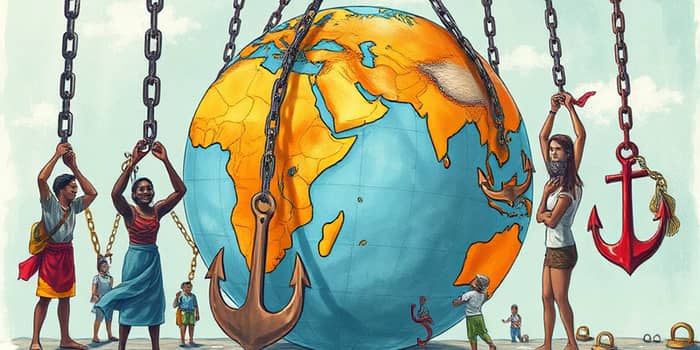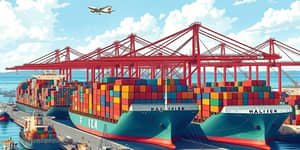
In an era of unprecedented global challenges, the escalating cost of debt service in developing countries has emerged as a critical threat to their growth and stability. With public debt soaring and interest payments consuming an ever larger share of national budgets, governments are squeezed between honoring financial obligations and funding essential public services.
As debt burdens rise, the choice between meeting interest payments and investing in health, education, and infrastructure has become sharper. This article examines the magnitude of this crisis, its regional dimensions, and potential pathways toward sustainable relief.
By the end of 2024, global public debt reached a staggering $102 trillion. Developing countries accounted for almost one third of this total—about $31 trillion—yet they paid a record $921 billion in interest alone, straining budgets that are already stretched thin.
Since 2010, the pace of debt accumulation in developing countries has been twice as fast as richer countries, driven by the need for recovery spending after the pandemic and rising costs of borrowing. However, not all regions have been affected equally.
In 2023, developing countries paid $487 billion in external debt repayments. For half of these nations, at least 6.5% of export earnings were dedicated to servicing foreign debt—a percentage that has nearly doubled for the world’s least developed countries, from 7.6% in 2015 to 13.2% in 2023.
The burden is most acute in Africa, where outstanding external debt stands at $746 billion, equivalent to 25% of GNI. In 2023, debt service consumed staggering 16.7% debt service of government revenue and 14.8% of export earnings, up from just 4.5% in 2011. At least 30 African nations now spend more on interest than on health, and for the first time, Sub-Saharan Africa spent more on interest than on education.
Multiple factors have converged to intensify the debt service crisis. The aftermath of COVID-19 left deep fiscal scars, while global shocks—from supply chain disruptions to surging commodity prices—forced many governments to issue new debt at unfavorable terms.
As a result, over 35 countries are now classified as at or near debt distress, facing the bleak choice of defaulting or slashing essential services that underpin long-term development.
The international financial system remains skewed against lower-income borrowers. Interest rates for developing nations soar because of perceived risks, while wealthier countries enjoy near-zero borrowing costs. This systemic financial inequality perpetuates a cycle in which poorer nations pay more to service debt, leaving fewer resources for growth.
Many low-income countries remain solvent but illiquid, unable to secure rollovers or engage all creditors in coordinated relief efforts. The G20 Common Framework, while a step forward, has been criticized for its slow pace and inadequate relief levels.
Rising debt service obligations have a domino effect on economies and societies. Every dollar diverted to interest payments is a dollar less for social welfare, climate adaptation, or infrastructure projects.
Countries that allocate more to debt service than to health or education risk eroding human capital, exacerbating poverty, and undermining progress toward the Sustainable Development Goals. With 3.3 billion people living in nations spending more on debt than on critical social sectors, the human cost of this crisis is immense.
Addressing this challenge requires bold reforms at both national and international levels. It is not enough to offer temporary pauses in debt service—what is needed is a fundamental overhaul of the global financial architecture to provide fair, predictable, and development-friendly financing.
For many developing nations, securing access to affordable long-term funding is an existential matter. Without decisive action, budgets will continue to be hollowed out by interest payments, and millions will remain trapped in a cycle of poverty.
Time is of the essence. Governments, multilateral institutions, and private creditors must come together to implement innovative solutions that prioritize development and equity. From remapping creditor coordination to expanding concessional windows, each measure must be underpinned by urgent political action aimed at breaking the debt-distress spiral.
By championing transparent debt relief, widening access to concessional finance, and reforming global lending practices, the international community can help developing countries reclaim fiscal space. This is not merely a matter of financial engineering—it is a moral imperative to ensure that growth and prosperity reach those who need it most.
The future of billions depends on our collective ability to transform a burdensome debt landscape into a platform for sustainable development. The time to act is now.
References













